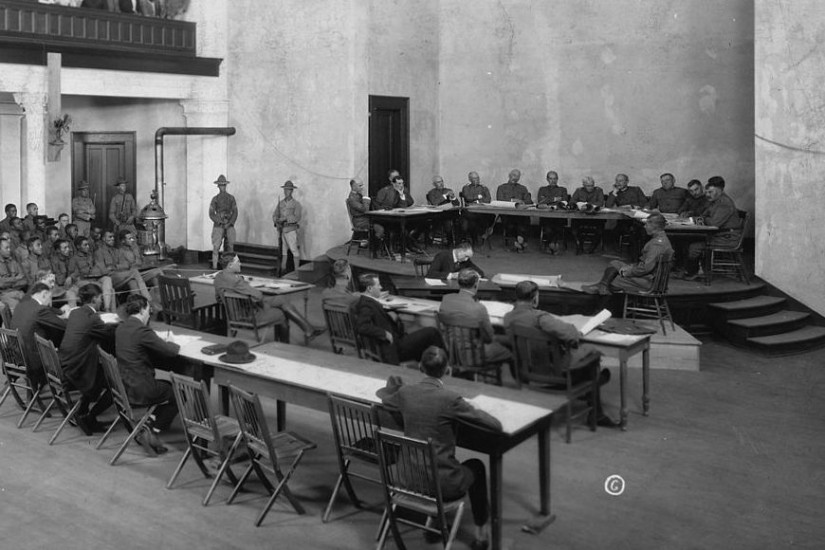The events leading to the infamous Houston Riot began Aug. 23, 1917, when white Houston police officers burst into the home of a black woman, assaulting her and pulling her — dressed only in her nightgown — into the street, as her five children watched.
When a black soldier — Alonso Edwards of the 24th Infantry Regiment — came to the woman’s rescue, a white police officer pistol-whipped him and then arrested him, according to Col. Frederic Borch III, the regimental historian for the JAG Corps.
Cpl. Charles Baltimore of the 24th Infantry Regiment went to the police station to check on the arrest of Edwards. While there, Baltimore — one of the most respected soldiers in the regiment — was beaten by police, shot and finally arrested for bucking “police authority.” He was later released.
But by then, false reports had reached the camp that Baltimore had been killed. That’s when 156 black soldiers of the 3rd Battalion took up rifles, defying orders to stay in the base, and marched to Houston to challenge police about brutality and racism.
Their commander, Maj. Kneeland S. Snow, ordered them to stand down and remain at the camp. But more than 100 men defied orders.
When they reached Houston, the black soldiers fought police and local residents in gun battles before returning to camp. The next day, martial law was declared in Houston. The black soldiers were sent to New Mexico.
The “Houston Riot of 1917” would result in the largest murder trial in U.S. history. Sixty-three black soldiers were all represented by Maj. Harry S. Grier, who taught law at the U.S. Military Academy but was not a lawyer and had no trial experience. The black soldiers were charged with disobeying orders, mutiny, murder and aggravated assault. The soldiers all pleaded not guilty. One hundred sixty-nine witnesses testified for the prosecution in the court-martial. None of the testimony was irrefutable.
On Nov. 28, 1917, 13 soldiers were convicted and sentenced to be hung. Forty-one men were given life sentences. Five were acquitted.
On Dec. 11, 1917, the 13 men were summarily hung — one by one.
